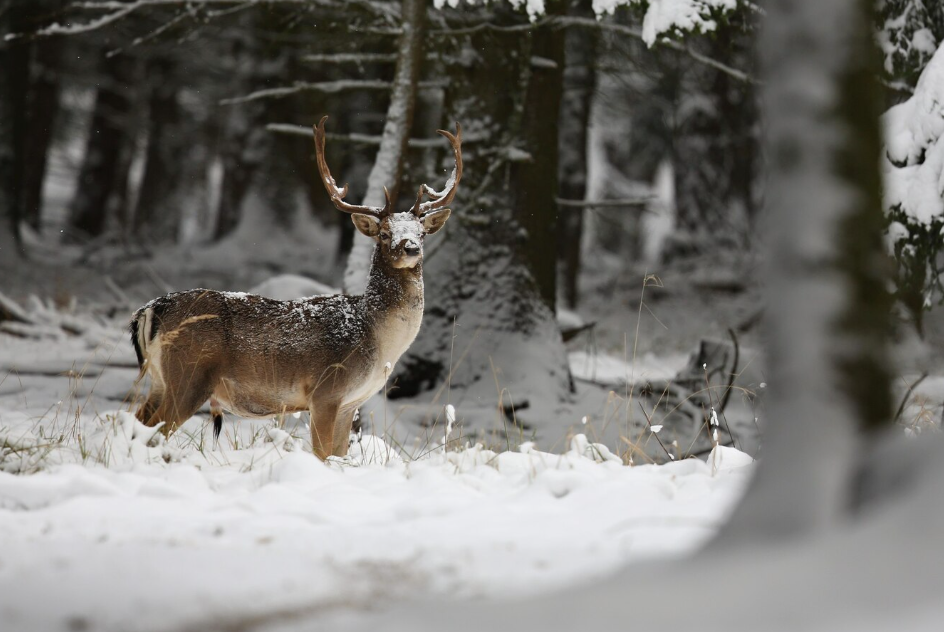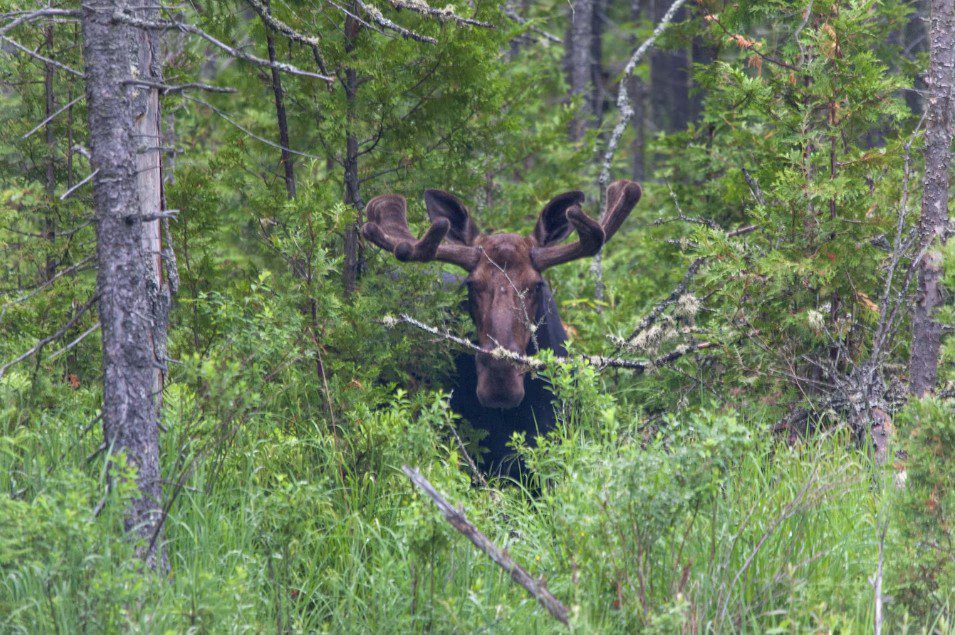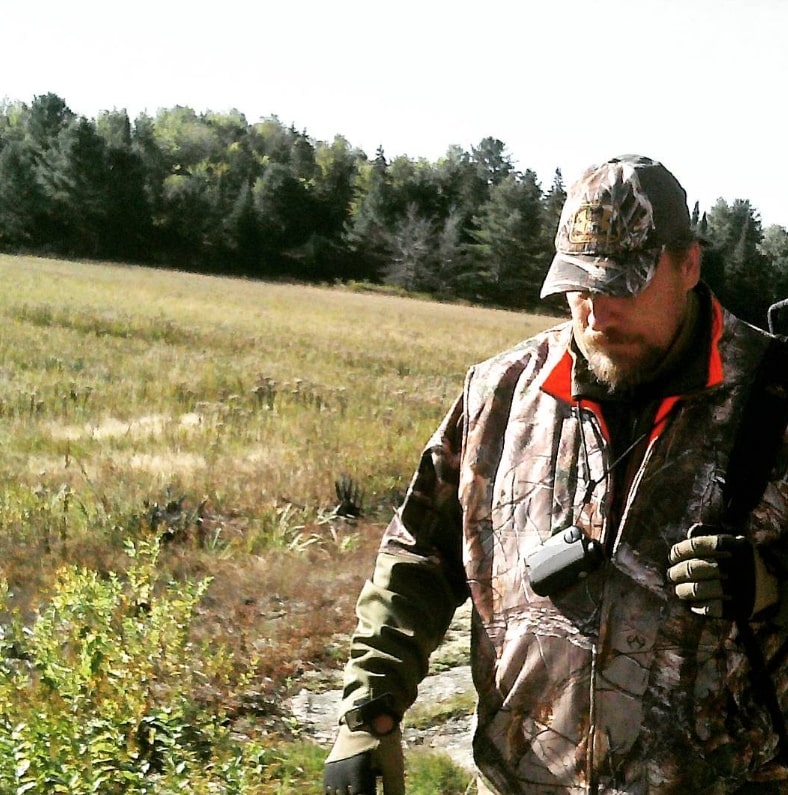Shed Hunting Whitetail Deer Antlers


Shed Hunting Whitetail Deer Antlers

Shed hunting has gained immense popularity among nature enthusiasts and hunters, with Whitetail deer antlers being highly coveted due to their unique shape and size. The search for dropped antlers of these creatures can be an incredibly exciting experience, but requires extensive knowledge, patience, and skill.
Shed hunting serves not only as a leisure activity but also provides valuable insights into the health and behavior of the deer population in the area. Shed antlers offer information on the age, sex, and overall well-being of the deer, along with their feeding habits and migration patterns. This critical information can be used to make informed decisions when planning hunting trips or managing wildlife populations.
In addition to the practical uses of shed antlers, they are also highly prized in the hunting and outdoor community. Antlers can be used for a variety of purposes, such as crafting, decoration, and as a trophy. Some hunters even use shed antlers to train their dogs to track and retrieve game.
Shed hunting typically begins in late winter or early spring, when the snow starts to melt, and the deer begin to shed their antlers, although the timing can vary depending on the region and climate. Understanding the timing of antler shedding can help shed hunters identify the best times and locations to search for antlers.
Shed antlers can be found in a variety of locations, but certain areas are more likely to yield results than others. Fields, clearings, and agricultural land where deer are known to feed are ideal locations to search for antlers. Along with that, deer trails and travel corridors marked by rubs and scrapes may provide clues to the behavior and movement patterns of the deer. It’s crucial to pay attention to the terrain and vegetation, as antlers can be camouflaged among leaves, brush, and grass.
To increase the chances of finding shed antlers, shed hunting requires a combination of patience, persistence, and skill. Walking slowly and carefully, scanning the ground and vegetation for any signs of antlers, is essential. Using binoculars can also help spot antlers from a distance and identify areas where deer are feeding and traveling. Additionally, dogs can be trained to help find shed antlers and be a valuable asset in the search.
When shed hunting, it’s important to be respectful of the environment and other wildlife in the area. Shed hunting should be a sustainable and ethical practice, avoiding disturbing the natural habitat and being mindful of other wildlife.
Shed hunting whitetail deer antlers is an exciting experience for outdoor enthusiasts and hunters alike. Shed antlers provide critical information about the health and behavior of the deer population and can be used for various purposes such as crafting, decoration, and as a trophy. Shed hunting requires extensive knowledge and patience and can be incredibly rewarding when done right. By following these tips and guidelines, shed hunting can be a sustainable and enjoyable activity for years to come, adding to the thrill of finding a hidden treasure and the sense of accomplishment that comes with it.






